

Articles
How To Store Sheets
Modified: February 24, 2024
Learn the best techniques and tips for storing articles and keeping them organized. Find out how to properly fold and store your sheets to maximize space and prevent wrinkles.
(Many of the links in this article redirect to a specific reviewed product. Your purchase of these products through affiliate links helps to generate commission for Storables.com, at no extra cost. Learn more)
Introduction
For many people, keeping their sheets neatly stored and organized can be a challenging task. Whether you have limited storage space or struggle with keeping your sheets wrinkle-free, it’s important to have a system in place that allows you to easily access and care for your sheets.
In this article, we will provide you with a comprehensive guide on how to store sheets properly. We will cover everything from sorting and folding sheets to choosing the right storage options and maintaining the longevity of your sheets. By following these steps, you can ensure that your sheets remain in pristine condition and are readily available whenever you need them.
So, let’s get started and learn how to store sheets in a way that is both efficient and effective!
Key Takeaways:
- Efficiently sort, fold, and store sheets by size, type, and color to easily access and maintain their quality. Remove wrinkles and choose suitable storage options to keep sheets organized and wrinkle-free.
- Regularly maintain sheet storage by checking for damage, rotating sheet sets, and protecting from pests and extreme temperatures. Keep sheets clean, update labeling, and refresh storage containers for optimal organization and quality maintenance.
Read more: How To Store Nori Sheets
Step 1: Sorting Sheets
Before you begin storing your sheets, it’s important to sort them properly. Sorting your sheets not only makes it easier to find the ones you need, but it also helps to keep them organized and prevent any damage. Here’s how you can effectively sort your sheets:
- Separate by size: Start by separating your sheets into different piles based on their size – twin, full, queen, or king. This will make it easier to find the sheets that fit your bed without having to search through multiple sets.
- Group by type: Next, group your sheets by type. Separate your fitted sheets, flat sheets, and pillowcases into different piles. This will help you keep similar items together and make it easier to locate specific pieces when you need them.
- Consider color or pattern: If you have sheets in different colors or patterns, you may also want to consider sorting them based on their aesthetic appeal. This can be especially helpful if you like to mix and match your sheets to create different looks for your bed.
- Label or categorize: To further streamline your sheet sorting process, you can consider labeling each set or using clear bins or dividers to categorize them. This way, you can easily identify which sheets are in each storage container, saving you time and effort when it comes to finding the right set.
By following these sorting steps, you can ensure that your sheets are neatly organized and easy to find when you need them. With the sorting out of the way, let’s move on to the next step – folding your sheets!
Step 2: Folding Sheets
Once you have sorted your sheets, the next step is to fold them properly. Folding your sheets not only saves space in your storage area but also helps to keep them wrinkle-free. Here’s how you can fold your sheets effectively:
- Clear a flat surface: Begin by finding a clean and spacious surface, such as a table or bed, to lay your sheets flat. This will make it easier to fold them neatly.
- Start with fitted sheets: To fold a fitted sheet, hold it upside down with your hands inside the corners of the shorter edges. Bring your hands together, folding one corner inside the other. Repeat with the other corners until you have a neatly folded fitted sheet.
- Fold flat sheets: To fold a flat sheet, lay it flat on the surface with the patterned side facing down. Fold one side lengthwise, about one-third of the way toward the center. Then fold the other side over to meet the first fold, creating a long rectangle. Lastly, fold the sheet in thirds or quarters to create a compact and uniform fold.
- Stack or roll pillowcases: Pillowcases can be stacked together or rolled up and stored inside one of the folded sheets to keep them all in one place. If you choose to stack them, make sure to fold them in half lengthwise so that the open end is tucked inside.
- Use storage bins or organizers: Once folded, place your sheets in storage bins or organizers to keep them neatly contained. Consider using clear bins or dividers to easily see and access different sets.
Remember to keep your folded sheets as flat as possible to avoid unnecessary wrinkles. Taking the time to fold your sheets neatly will not only make them easier to store, but it will also make it more enjoyable to use them when it’s time to change your bedding.
With your sheets neatly folded, it’s time to move on to Step 3 – removing wrinkles.
Step 3: Removing Wrinkles
Wrinkles can be a common issue when it comes to storing sheets. However, with the right techniques, you can easily remove wrinkles and ensure that your sheets are in pristine condition when you retrieve them from storage. Here’s how you can remove wrinkles from your sheets:
- Steam or iron: One of the most effective ways to remove wrinkles from your sheets is to use steam or an iron. If you have a handheld steamer, simply run it over the wrinkled areas until the wrinkles loosen and smooth out. Alternatively, you can use a steam iron on the appropriate setting to gently press out the wrinkles.
- Hang them: Another option is to hang your sheets. Find a suitable place such as a clothesline or garment rack and hang your sheets vertically. Gravity will help pull out the wrinkles over time. You can even lightly mist the sheets with water before hanging them to facilitate the wrinkle removal process.
- Use a fabric relaxer spray: Fabric relaxer sprays are designed to eliminate wrinkles from fabrics. Simply follow the instructions on the product and spray a fine mist over your sheets. Then, smooth out the wrinkles by gently stretching the fabric or lightly pressing the sheets with your hands.
- Avoid folding freshly washed sheets: To minimize wrinkles in the first place, try to avoid folding your sheets immediately after washing them. Instead, let them air-dry fully on a clothesline or tumble dry them on a low heat setting in your dryer. This will help reduce the number of wrinkles that form during the drying process.
- Store wrinkle-free: Finally, when storing your sheets, make sure to fold them neatly and avoid placing heavy items on top of them. Using storage bins or organizers can help protect your sheets from unnecessary compression and wrinkling.
By following these steps, you can effectively remove wrinkles from your sheets and ensure that they look fresh and crisp when it’s time to use them again. Now that your sheets are wrinkle-free, let’s move on to Step 4 – choosing storage options.
Step 4: Choosing Storage Options
When it comes to storing your sheets, choosing the right storage options is crucial for keeping them organized, protected, and easily accessible. Here are some storage options to consider:
- Clear plastic bins: Clear plastic bins are a popular choice for storing sheets because they allow you to see the contents without opening the bins. Opt for bins that are large enough to accommodate your folded sheets and have secure lids to keep dust, moisture, and pests out.
- Under-bed storage: Utilizing the space under your bed is a smart way to store your sheets if you have limited storage space. Invest in under-bed storage containers or bags specifically designed to fit under most standard beds.
- Linen closets: If you have a linen closet or dedicated shelf space, consider using it to store your sheets. You can stack folded sheets on top of one another, with labels or dividers to differentiate between sets.
- Hanging storage: Hanging storage organizers with compartments can be an excellent option for keeping your sheets easily accessible. Hang the organizer in your closet or on the back of a door and store folded sheets in each compartment.
- Baskets or decorative boxes: For a more aesthetic storage option, you can use baskets or decorative boxes to store your sheets. Not only do they serve as functional storage containers, but they can also add a touch of style to your bedroom.
When choosing storage options, consider the amount of space you have available, the quantity of sheets you need to store, and your personal preferences. Whichever option you choose, make sure it provides adequate protection from dust, moisture, and pests to keep your sheets in pristine condition.
Now that you have chosen the storage options that work best for you, let’s move on to Step 5 – storing flat sheets.
Store sheets in a cool, dry place away from direct sunlight to prevent discoloration and damage. Fold them neatly or roll them to avoid wrinkles.
Read more: How To Store Sheet Sets
Step 5: Storing Flat Sheets
Storing flat sheets properly is essential to keep them wrinkle-free and easy to retrieve when needed. Here’s how you can store your flat sheets effectively:
- Fold neatly: Start by folding your flat sheets following the instructions provided in Step 2. Make sure they are folded as compactly and evenly as possible to maximize storage space.
- Store in sets: To keep your sheets organized, store each set of flat sheets together. This means folding the matching pillowcases and sheets together to create a complete set.
- Label or color-code: If you have multiple sets of flat sheets, consider labeling the storage containers or using color-coded tags to easily identify each set. This makes it convenient when you are looking for a specific sheet set without having to open every container.
- Stack or stand vertically: Depending on your storage space, you can stack your folded flat sheets on top of one another, with the larger sizes at the bottom and smaller sizes on top. Alternatively, you can stand them up vertically in a storage bin or on a shelf.
- Avoid overcrowding: Avoid overfilling your storage containers to prevent excessive compression and wrinkling. Make sure there is enough space for the sheets to breathe and remain flat.
- Keep away from direct sunlight and moisture: Choose a storage area that is away from direct sunlight and moisture to maintain the quality of your flat sheets. Excessive exposure to sunlight can fade the colors, while moisture can lead to mildew and musty odors.
By storing your flat sheets properly, you can ensure that they remain in excellent condition and are easy to find when it’s time to change your bedding. With your flat sheets safely stored, let’s move on to Step 6 – storing fitted sheets.
Step 6: Storing Fitted Sheets
Storing fitted sheets can be a bit trickier than flat sheets due to their elasticized corners. However, with the right approach, you can keep your fitted sheets organized and wrinkle-free. Here’s how to store fitted sheets effectively:
- Fold the corners: Start by holding the fitted sheet with the elastic band facing up. Take one corner and tuck it into the opposite corner, so the elastic edges match up. Repeat this for the other two corners.
- Create a rectangle: Once all the corners are tucked, fold the sheet in half vertically, bringing the top edge down to meet the bottom edge. You should have a rectangle shape with the elastic band neatly tucked inside.
- Smooth out wrinkles: Smooth out any wrinkles on the folded sheet by running your hands over the fabric. This will help ensure a neat and wrinkle-free storage.
- Store with other bedding components: To keep your fitted sheets organized, store them with the corresponding flat sheets and pillowcases. This way, you’ll have a complete set ready to go when it’s time to change your bedding.
- Use storage containers: Place your folded fitted sheets in a storage container, such as a clear plastic bin or a fabric organizer. Make sure the container has enough space for the sheets to lay flat without excessive compression.
- Label the storage container: To easily identify your fitted sheet sets, consider labeling the storage containers or using color-coded tags. This will make it quick and effortless to locate the sheets you need.
By following these steps, you can store your fitted sheets neatly and maintain their elasticity. Proper storage will keep your fitted sheets in great shape and make it easier for you to access them without any hassle. With your fitted sheets securely stored, let’s move on to Step 7 – organizing sheet sets.
Step 7: Organizing Sheet Sets
Organizing your sheet sets is crucial for easy accessibility and convenience. When your sheet sets are well-organized, you can quickly grab a complete set without searching for individual pieces. Here’s how you can organize your sheet sets effectively:
- Keep sets together: Store all the pieces of a sheet set together. This includes the fitted sheet, flat sheet, and pillowcases. Keeping them together ensures that you have everything you need in one place.
- Use storage bags: Consider using storage bags specifically designed for sheet sets. These bags often have separate compartments for each piece, keeping them neatly organized and protected.
- Label the bags: To identify each sheet set easily, label the storage bags with the bed size or some other distinguishing feature. This way, you can quickly locate the set you need without opening every bag.
- Stack or stand them: Stack the labeled storage bags of sheet sets on shelves or in storage containers. Alternatively, you can also stand them upright like books on a bookshelf or in a designated storage area.
- Arrange sets by bed size: If you have sheet sets for different bed sizes, arrange them accordingly. Separate sets for twin, full, queen, and king-sized beds to make it easier to find the one you need.
- Consider color-coding: If you have sheet sets in various colors or patterns, consider color-coding them using colored labels, tags, or storage containers. This method provides visual cues, making it quicker to locate specific sets.
- Take inventory: Periodically go through your sheet sets to ensure that all the pieces are accounted for. This allows you to replace any missing or worn-out pieces and maintain a complete and functional sheet collection.
By organizing your sheet sets efficiently, you can save time and effort when it comes to changing your bedding. You’ll always have the right pieces together and ready to use. With your sheet sets organized, let’s move on to Step 8 – maintaining sheet storage.
Step 8: Maintaining Sheet Storage
Maintaining the storage of your sheets is just as important as the initial organization process. Proper maintenance ensures that your sheets remain in excellent condition and are ready for use whenever you need them. Here are some tips for maintaining sheet storage:
- Regularly check for damage: Periodically inspect your sheets for any signs of damage, such as tears, rips, or loose threads. If you come across any issues, repair them immediately to prevent further damage.
- Keep sheets clean: Before storing your sheets, make sure they are clean and completely dry to avoid mold or mildew growth. Launder your sheets according to the manufacturer’s instructions and store them only when they are fully dry.
- Rotate sheet sets: To prevent one set from staying in storage for too long, rotate your sheet sets regularly. This ensures that all your sheets get equal use and helps maintain their overall quality.
- Protect from pests: Take measures to protect your stored sheets from pests like moths or bed bugs. Consider using lavender sachets or cedar blocks, which are natural deterrents for these pests.
- Control humidity: Excessive humidity can lead to musty odors and potentially damage your sheets. Consider using dehumidifiers or moisture absorbers in your storage area to keep humidity levels at bay.
- Avoid storing in extreme temperatures: Extreme temperatures can affect the quality of your sheets. Avoid storing them in areas that are too hot or too cold, such as attics or basements, as it can lead to discoloration or fabric deterioration.
- Regularly refresh storage containers: Clean and refresh your storage containers periodically to keep them free from dust and maintain a fresh environment for your sheets.
- Update labeling: If you add or remove sheet sets from your storage area, update the labeling on your storage containers or bags accordingly to keep everything organized.
By following these maintenance practices, you can ensure that your stored sheets remain in excellent condition and are always ready for use. Regularly check on your stored sheets to address any issues promptly and keep them in the best possible state.
That brings us to the end of the steps involved in storing your sheets properly. By taking the time to sort, fold, remove wrinkles, and choose appropriate storage options, you can keep your sheets well-organized, wrinkle-free, and ready for a good night’s sleep!
Remember, a little effort in storing your sheets goes a long way in maintaining their quality and ensuring a cozy and comfortable bedtime experience.
Happy sheet storing!
Read more: How To Store Vinyl Sheets
Conclusion
Properly storing your sheets is essential for keeping them organized, wrinkle-free, and in excellent condition. By following the steps outlined in this comprehensive guide, you can ensure that your sheets are neatly stored and readily accessible whenever you need them.
Remember to start by sorting your sheets by size, type, and color to make finding specific sets easier. Then, master the art of folding your sheets neatly to maximize storage space and minimize wrinkles. If wrinkles do occur, utilize techniques such as steaming, hanging, or using fabric relaxer sprays to remove them.
Next, choose suitable storage options like clear plastic bins, under-bed storage containers, linen closets, or hanging organizers to keep your sheets protected and easily identifiable.
Ensure that your flat sheets and fitted sheets are stored separately, with labels or color coding to distinguish different sets. Keeping them organized and in sets will save you time and effort when it comes to changing your bedding.
Maintaining the storage of your sheets is equally important. Regularly check for damage, keep them clean and dry before storing, rotate your sheet sets to equalize usage, and protect them from pests and extreme temperatures.
By implementing these storage techniques and following the maintenance practices, you can enjoy the convenience of having neatly stored sheets that are always in excellent condition.
So, start implementing these steps today and say goodbye to messy closets and wrinkled sheets. With a well-organized sheet storage system, you’ll enhance the overall comfort and aesthetics of your sleeping space.
Sweet dreams and happy storing!
Frequently Asked Questions about How To Store Sheets
Was this page helpful?
At Storables.com, we guarantee accurate and reliable information. Our content, validated by Expert Board Contributors, is crafted following stringent Editorial Policies. We're committed to providing you with well-researched, expert-backed insights for all your informational needs.
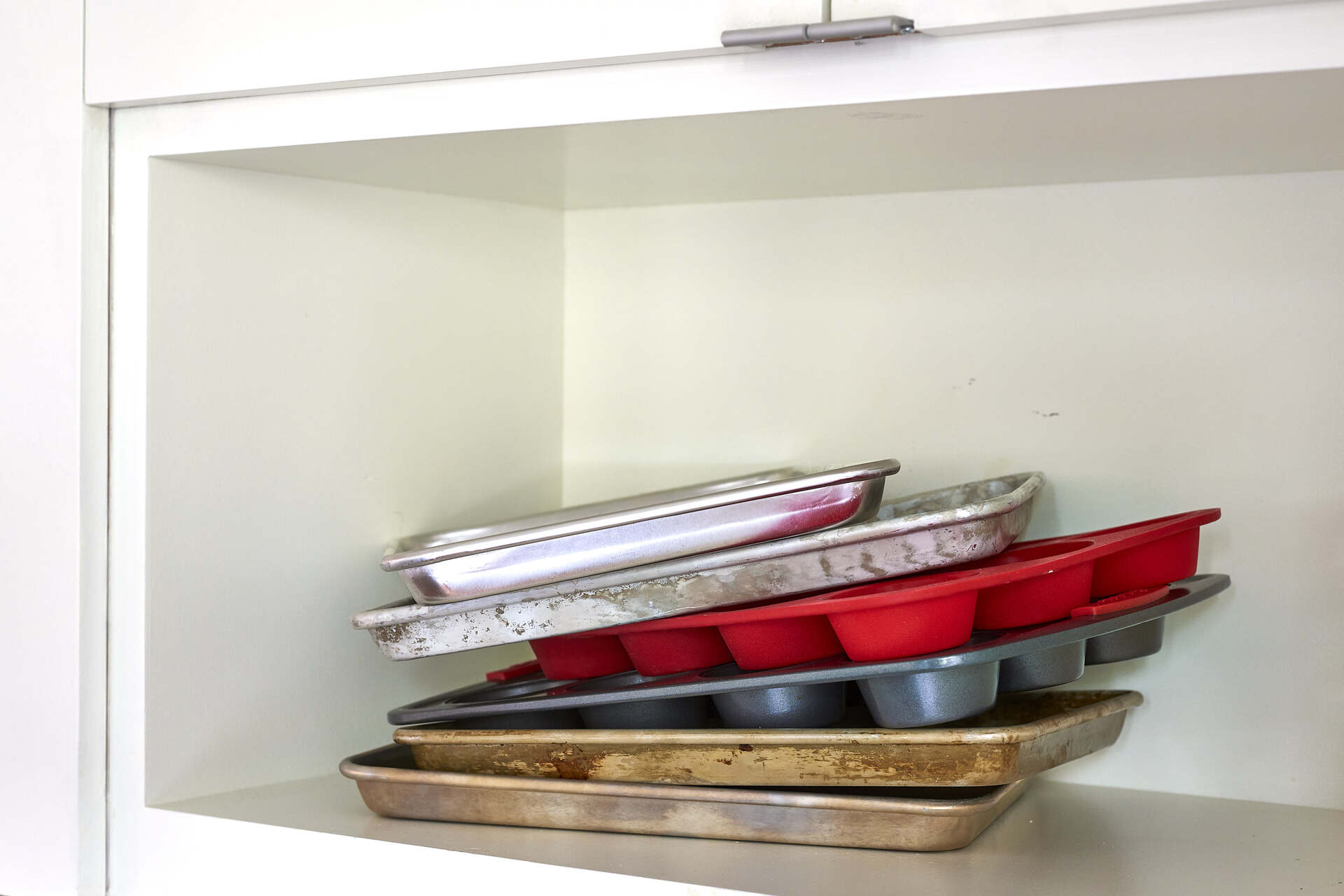


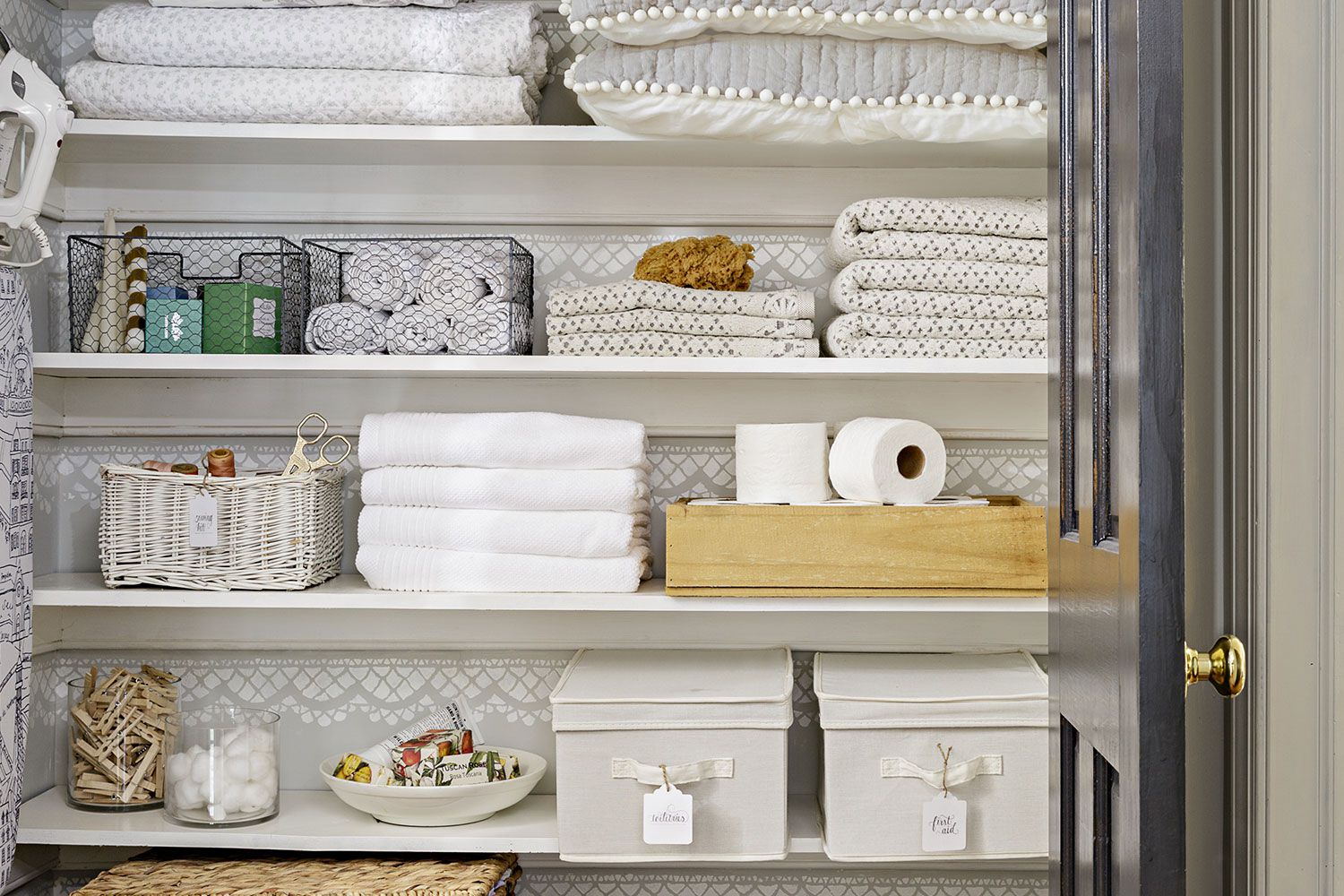
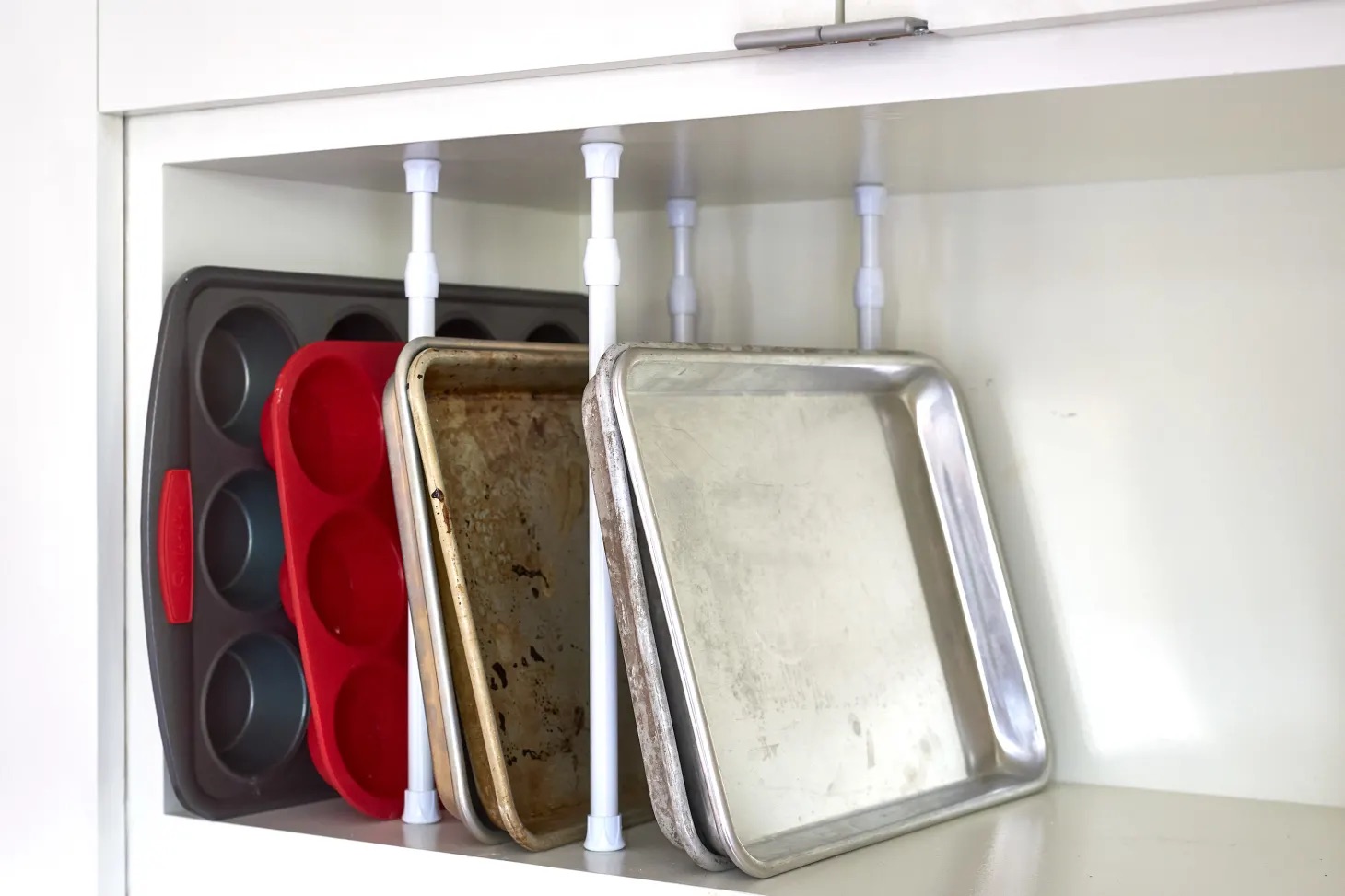
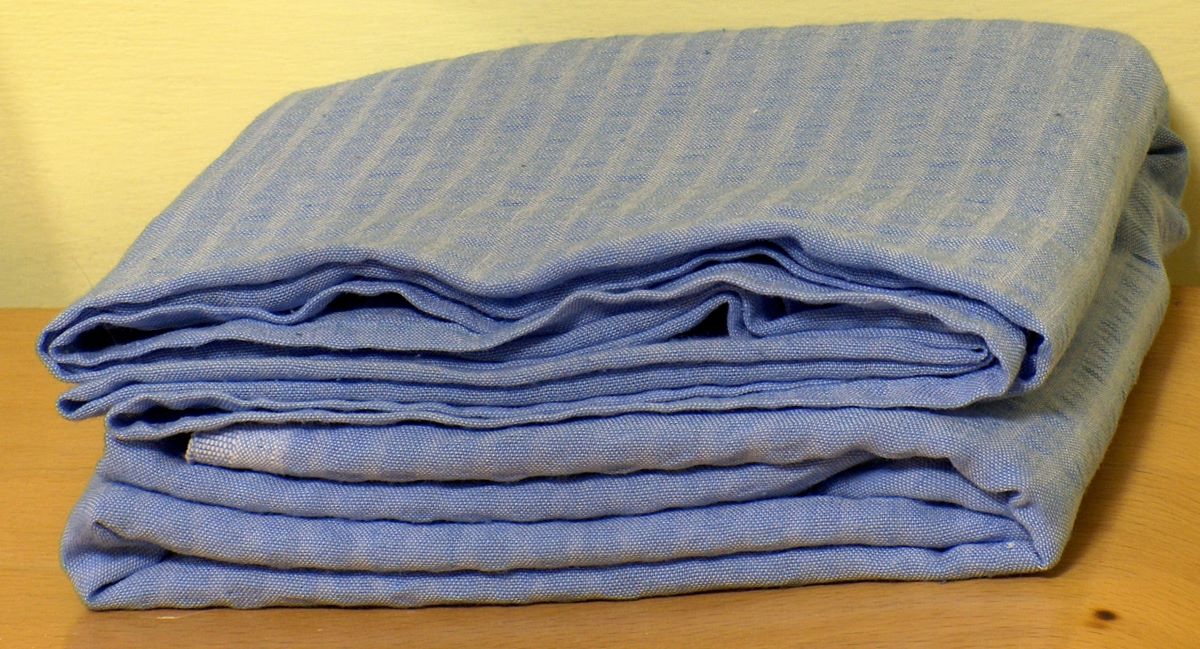
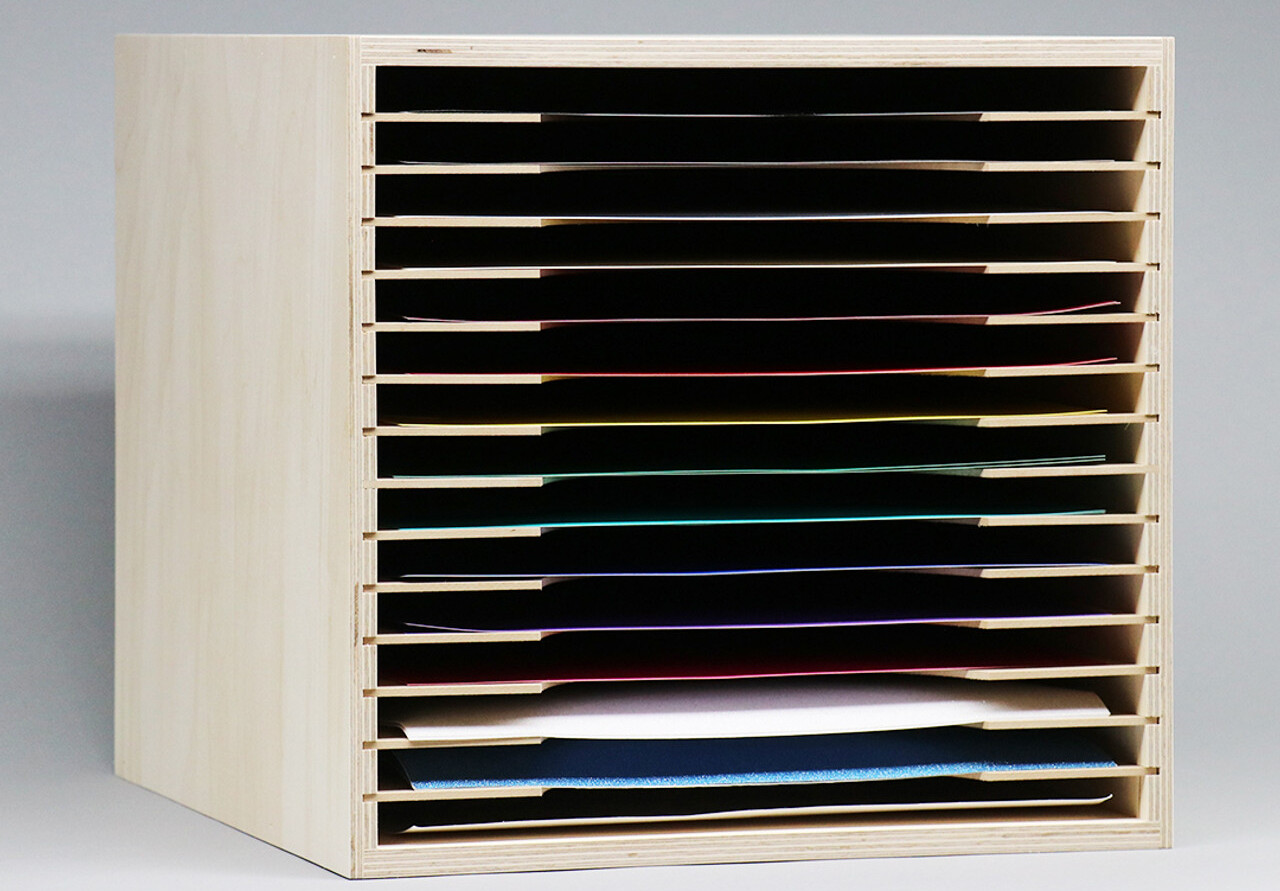
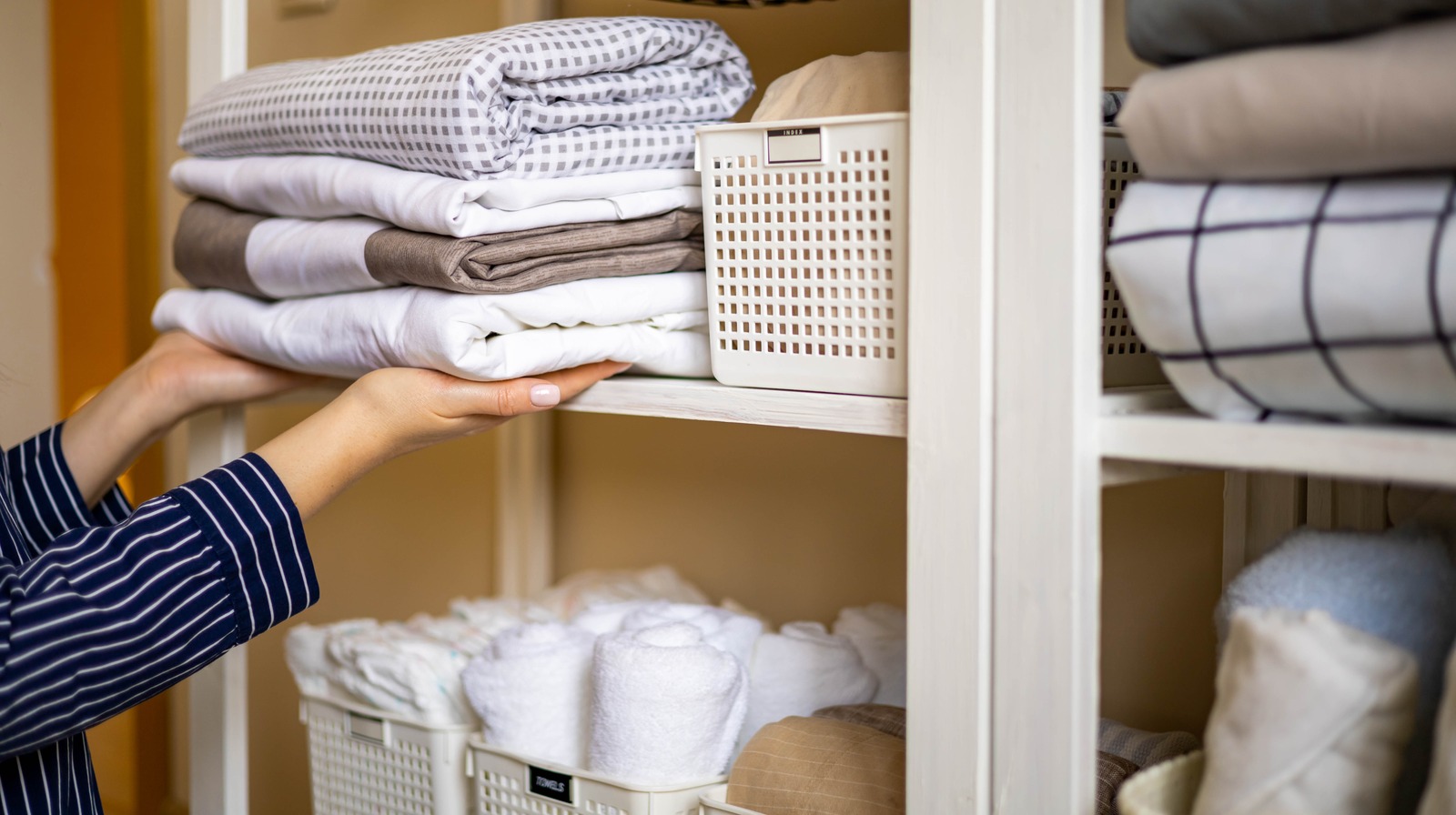

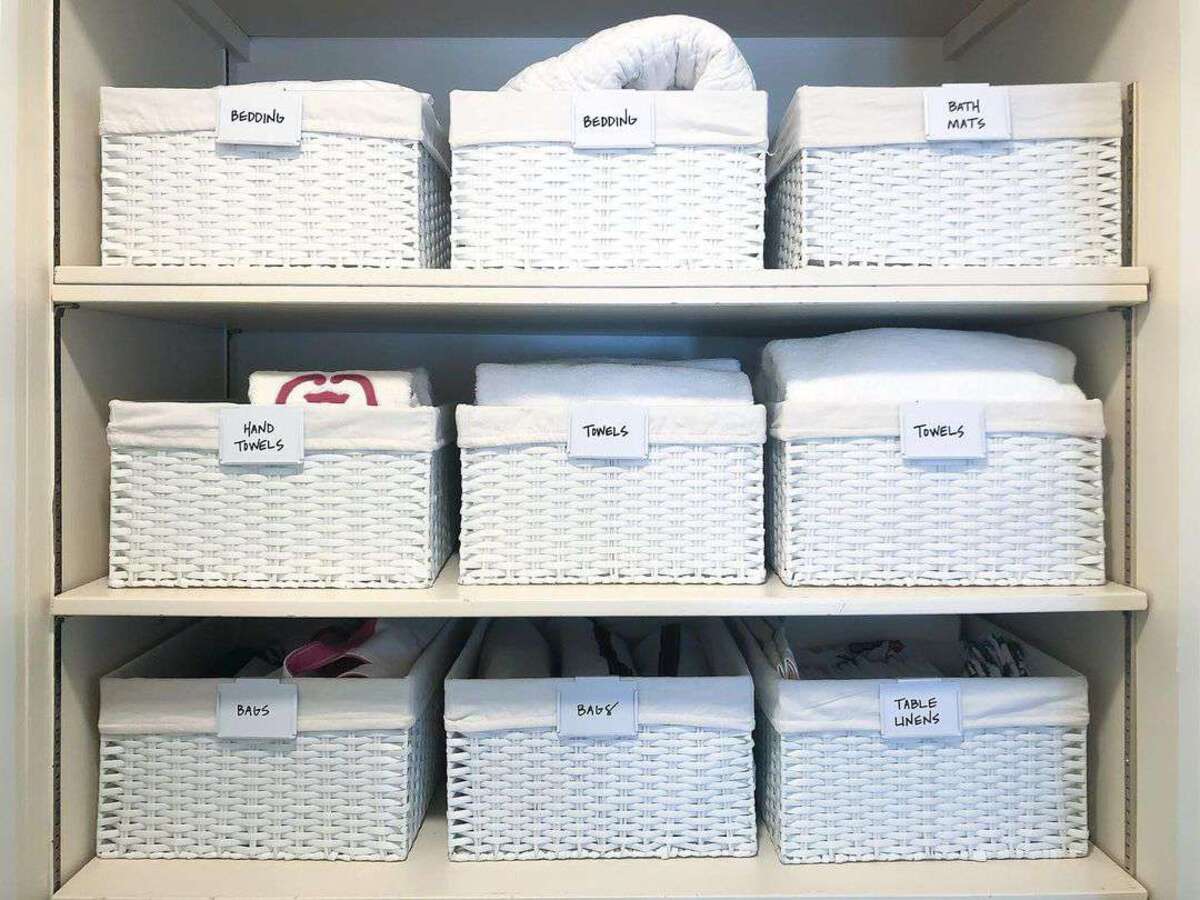

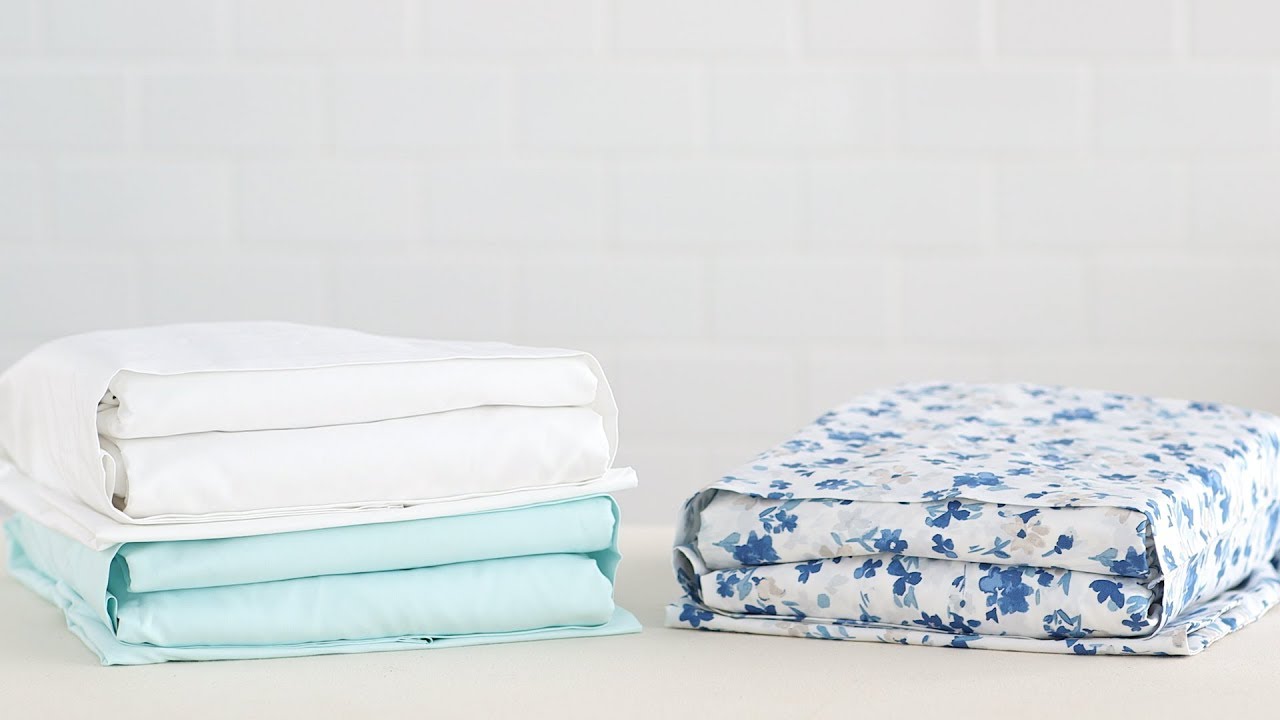
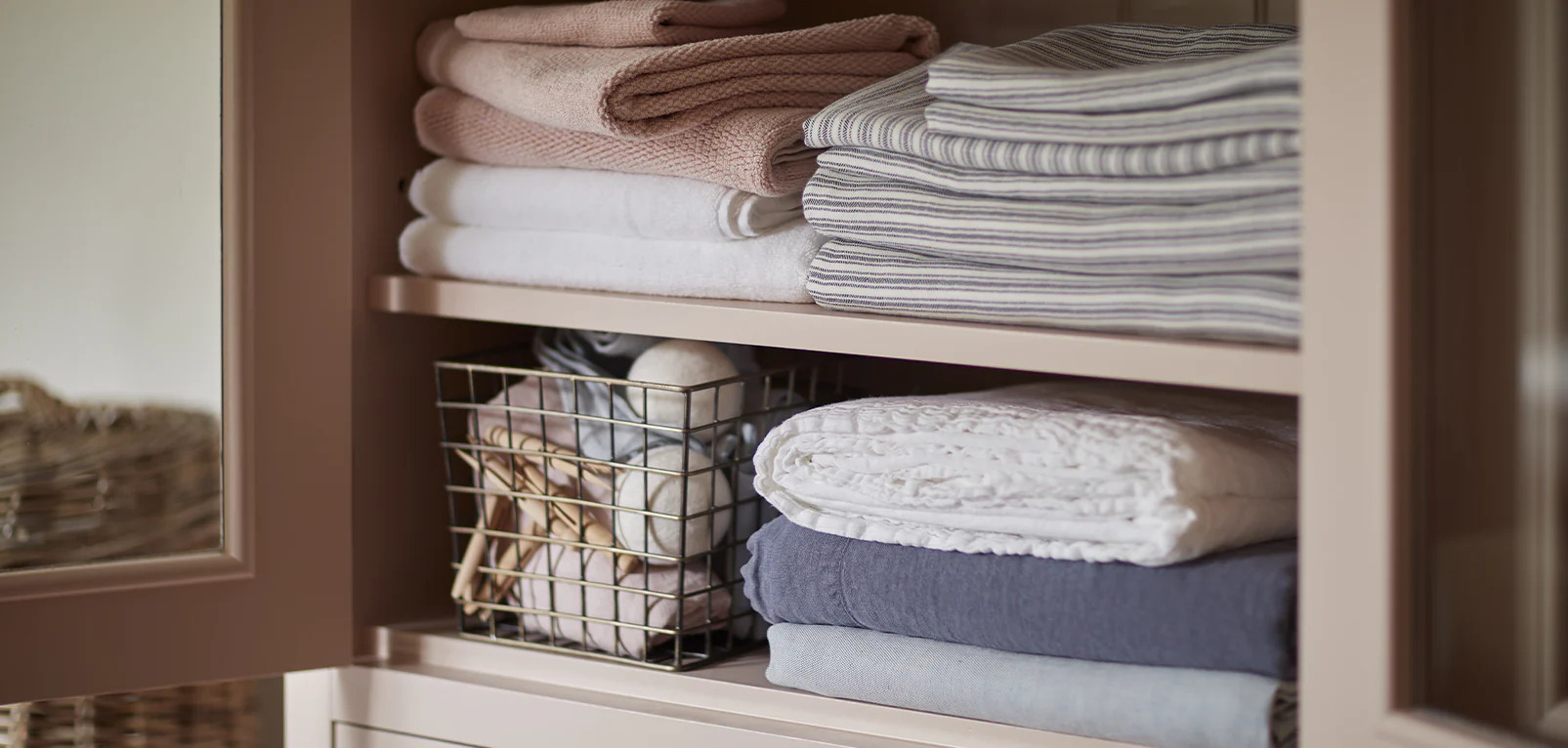

0 thoughts on “How To Store Sheets”